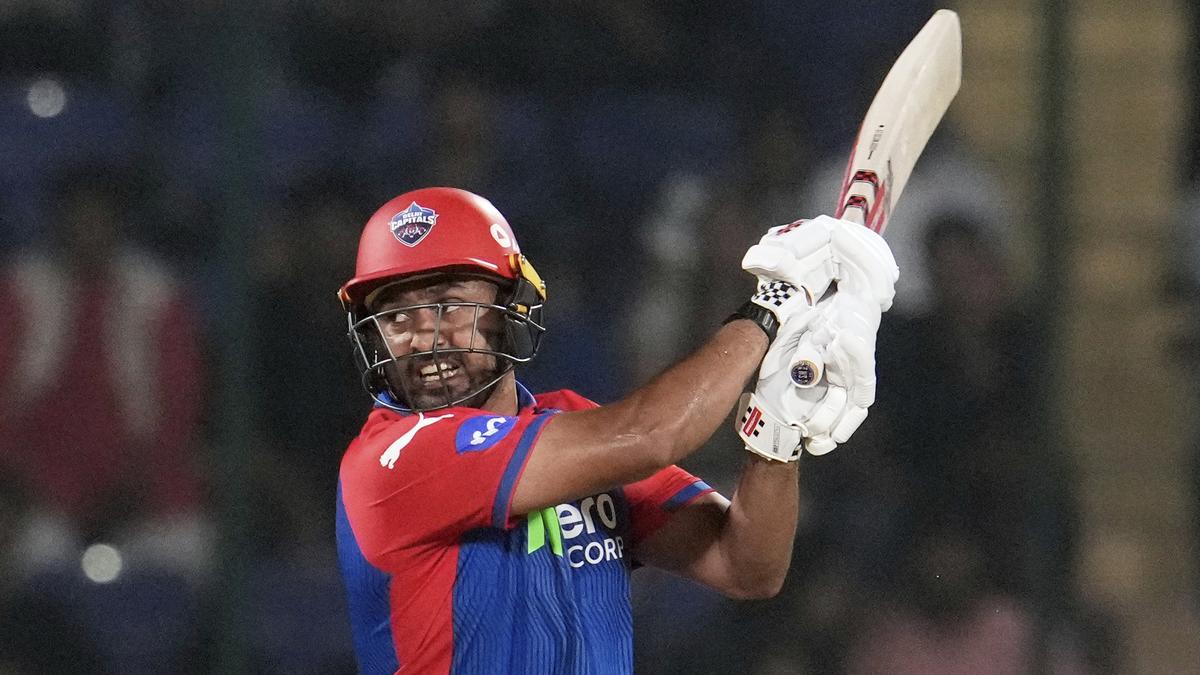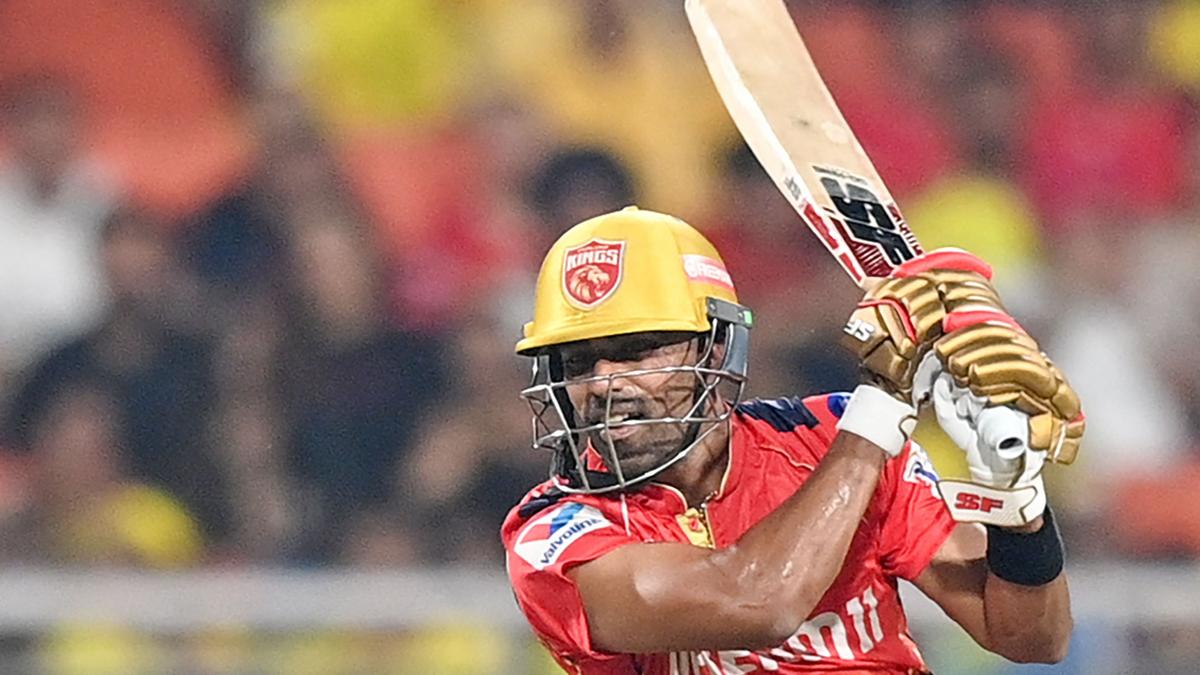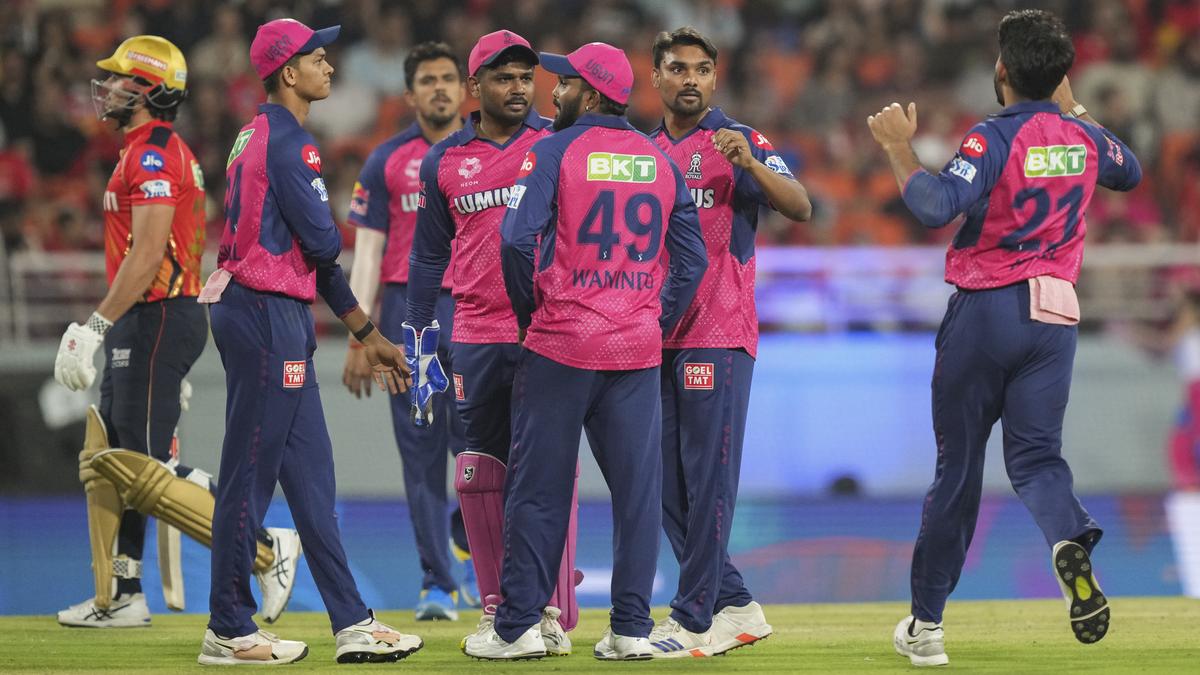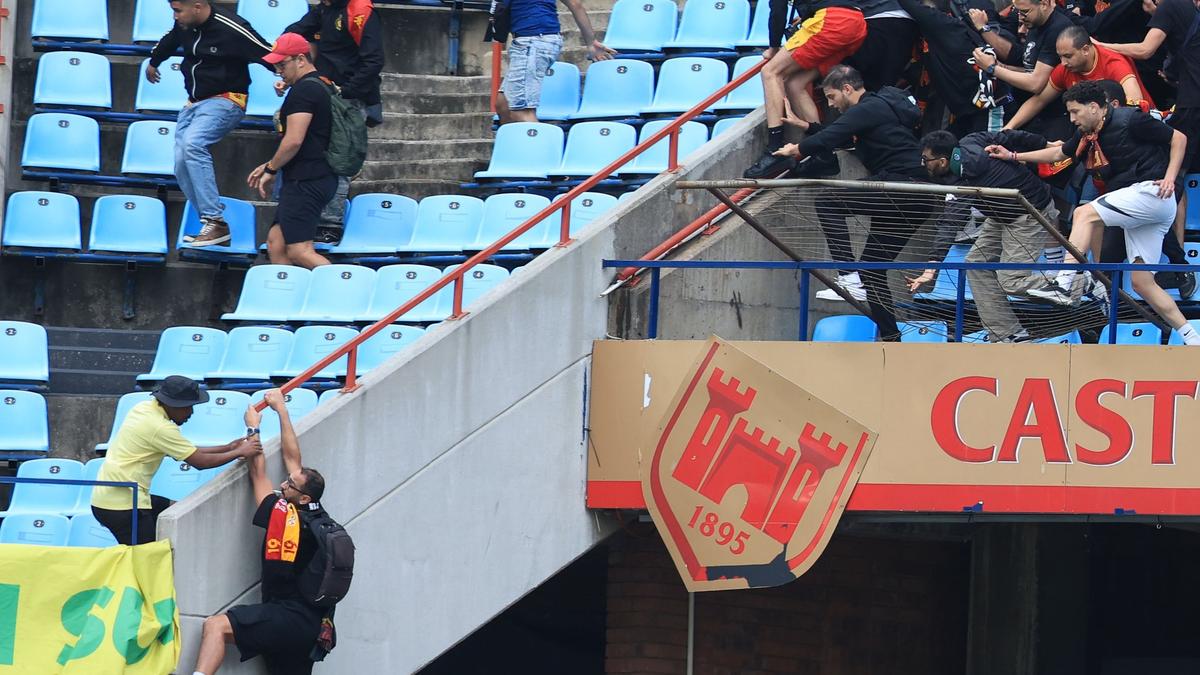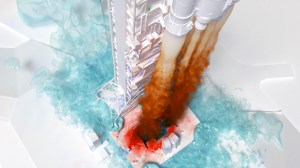NASA Engineer Carries Indigenous Roots into New Aviation Era
Growing up outside of Philadelphia, Abigail Reigner spent most of her childhood miles away from where her family called home, and where there was little trace of her Native American tribe and culture. Belonging to the Comanche Nation that resides in Lawton, Oklahoma, Reigner’s parents made every effort to keep her connected to her Indigenous […]

5 min read
Preparations for Next Moonwalk Simulations Underway (and Underwater)
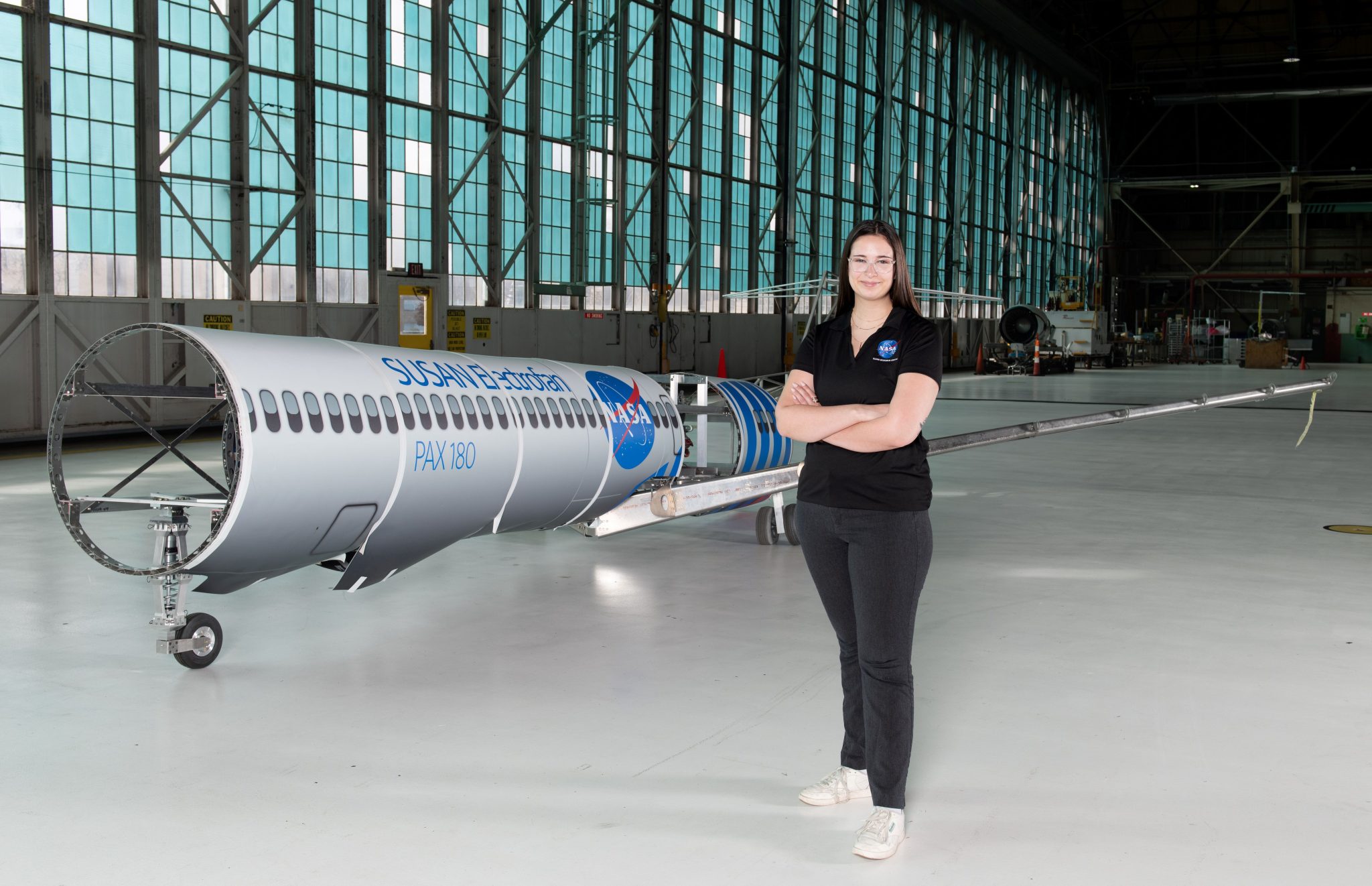
Abigail Reigner, a systems engineer at NASA’s Glenn Research Center in Cleveland, supports the agency’s research in electrified aircraft propulsion to enable more sustainable air travel. Behind her is a 25% scale model of NASA’s SUbsonic Single Aft eNgine (SUSAN) Electrofan aircraft concept used to test and demonstrate hybrid electric propulsion systems for emission reductions and performance boosts in future commercial aircraft.
Credit: NASA/Sara Lowthian-Hanna
Growing up outside of Philadelphia, Abigail Reigner spent most of her childhood miles away from where her family called home, and where there was little trace of her Native American tribe and culture.
Belonging to the Comanche Nation that resides in Lawton, Oklahoma, Reigner’s parents made every effort to keep her connected to her Indigenous heritage and part of a community that would later play a key role in her professional journey.
“My parents were really adamant on making sure my brother and I were still involved in the Native American traditions."
Abigail Reigner
“My parents were really adamant on making sure my brother and I were still involved in the Native American traditions,” Reigner said. “We would go down to Oklahoma often in the summertime, spending time with family and staying immersed in our culture.”
Both her parents come from a teaching background, so Reigner was surrounded by hands-on learning experiences early in life. As a school teacher, her mother would participate in local outreach events each year, talking and interacting with students. Her father, a middle school technology education teacher, taught Reigner how to use computer-aided design (CAD) and helped introduce her to the world of engineering at a young age.
These unique experiences helped spark Reigner’s curiosity for learning about science, technology, engineering, and math (STEM) and connecting with others in her community who shared these interests. Reigner says she never takes her upbringing for granted.
“I feel pretty lucky to have grown up with so many educational opportunities, and I try to use them as a way to give back to my community,” Reigner said.
After participating in various engineering and robotics classes in high school and realizing a career in STEM was the right fit for her, Reigner went on to attend the Rochester Institute of Technology in New York where she earned bachelor’s and master’s degrees in mechanical engineering.
During her time there, she joined the American Indian Science and Engineering Society (AISES) where she got the unique opportunity to connect with other Indigenous students and mentors in STEM fields and gain leadership experience on projects that eventually set her up for internship opportunities at NASA.
“The opportunities I got through AISES led me to get an internship at NASA’s Jet Propulsion Laboratory during the summer of 2021, and then an eight-month co-op the following year working in the center’s materials science division,” Reigner said.
Through AISES, Reigner also met Joseph Connolly, an aerospace engineer at NASA’s Glenn Research Center in Cleveland who was looking to recruit Indigenous students for full-time positions in the agency. Upon graduating from college, Reigner joined NASA Glenn as an engineer in the summer of 2024.
Today, Reigner works as a systems engineer supporting NASA Glenn’s efforts to test and demonstrate electrified aircraft propulsion technologies for future commercial aircraft as part of the agency’s mission to make air travel more sustainable.
One of the projects she works on is NASA’s Electrified Powertrain Flight Demonstration (EPFD), where she supports risk-reduction testing that enables the project to explore the feasibility of hybrid electric propulsion in reducing emissions and improving efficiency in future aircraft.
“It’s always good to know that you’re doing something that is furthering the benefit of humanity,” Reigner said. “Seeing that unity across NASA centers and knowing that you are a part of something that is accelerating technology for the future is very cool.”
“I really feel like the reason I am here at NASA is because of the success of not just the Native American support group here at Glenn, but also Natives across the agency.”
Abigail Reigner
The growing community of Native Americans at NASA Glenn has fostered several initiatives over the years that have helped recruit, inspire, and retain Indigenous employees.
Leveraging some of the agency’s diversity programs that provide educational STEM opportunities for underrepresented communities, the Native Americans at NASA group has encouraged more students with Indigenous backgrounds to get involved in technical projects while developing the skills needed to excel in STEM fields.
“The Native American support group at NASA has been around since the mid-to-late 1980s and was actually one of the first Native American employee resources groups at the agency,” Connolly said. “Through this, we’ve been able to connect a number of Native employees with senior leaders across NASA and establish more agencywide recruitment efforts and initiatives for Native Americans.”
These initiatives range from support through NASA’s Minority University Research and Education Project (MUREP) to help recruit more Indigenous students, to encouraging participation in hands-on learning experiences through projects such as NASA’s University Leadership Initiative (ULI) and the agency’s involvement in the First Nations Launch competition, which helps provide students with opportunities to conduct research while developing engineering and team-building skills.
The efforts of the Native American community at NASA Glenn and across the agency have been successful in not only creating a direct pipeline for Indigenous students into the NASA workforce, but also allowing them to feel seen and represented in the agency, says Connolly.
For Reigner, having this community and resource group at NASA to help guide and support her through her journey has been crucial to her success and important for the future of diversity within the agency.
“I really feel like the reason I am here at NASA is because of the success of not just the Native American support group here at Glenn, but also Natives across the agency,” Reigner said. Without their support and initiatives to recruit and retain students, I wouldn’t be here today.”
What's Your Reaction?













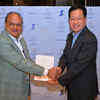
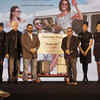
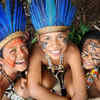



.jpg?#)


















